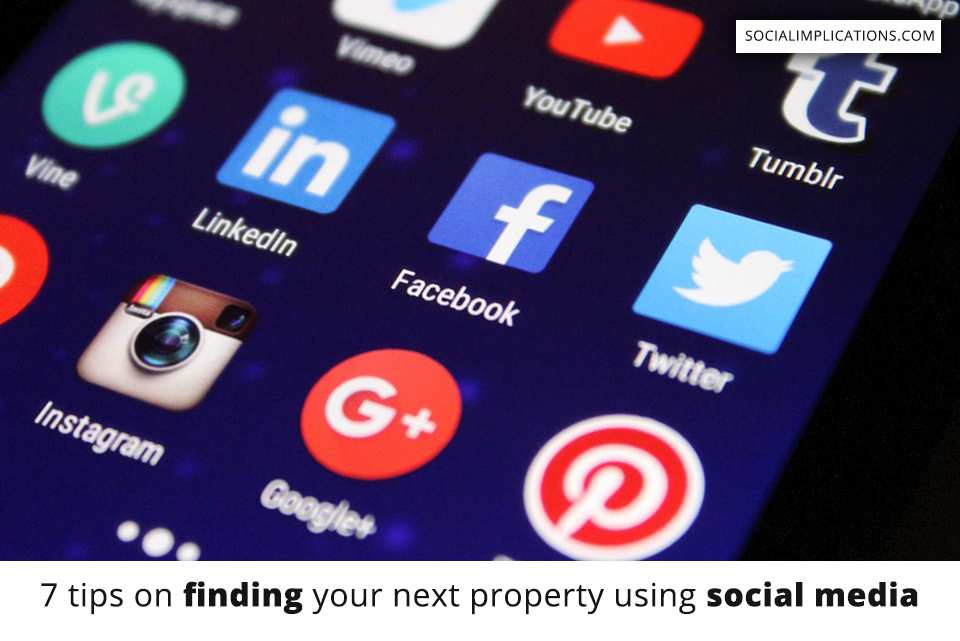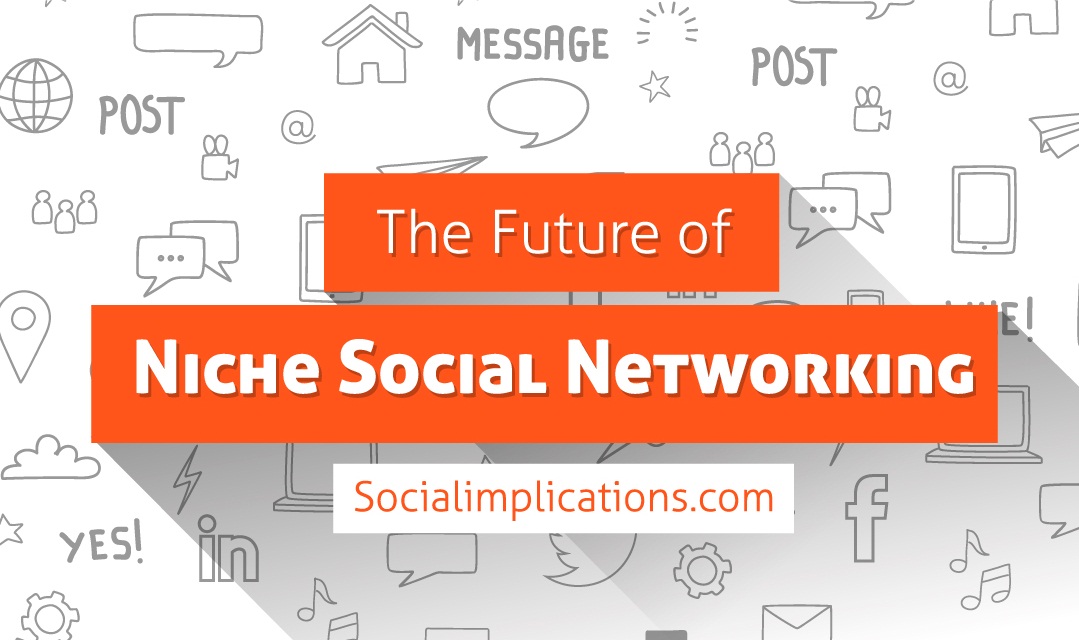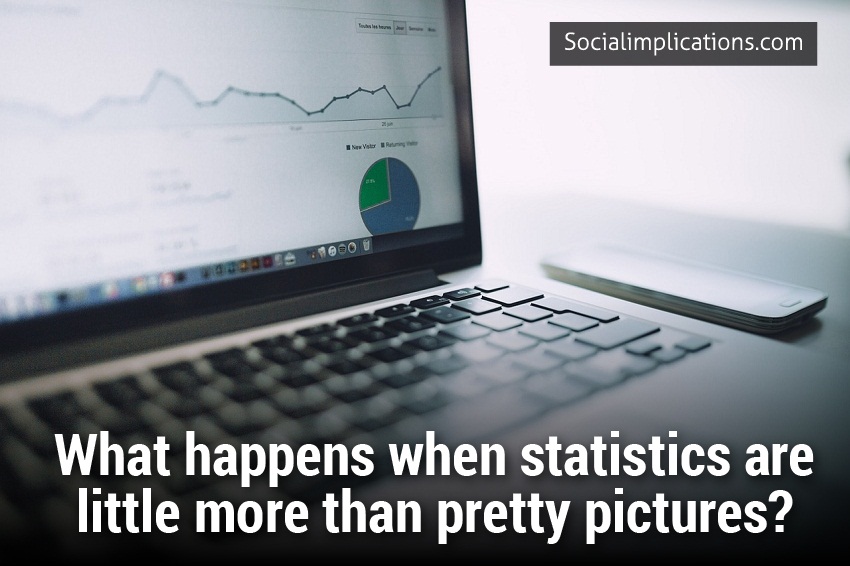Before I launched my online PR firm back in 2004, I worked in the nonprofit sector for a while. I was responsible for things like soliciting donations, helping to plan fundraising events, and hiring and supervising staff who took care of volunteer recruitment. At that time, social media didn’t really play any role in what we did. There was a lot of phone work involved instead.
In many cases, that’s very different today. Just a few short years later and social media is playing a significant role in bringing attention to causes, soliciting donations and more in the nonprofit world.
How are nonprofit organizations using social media today? Let’s explore that by taking a look at some examples.
Fundraising / Microfunding
One of my favorite examples of using social media in fundraising for nonprofits is a project from colleague Danny Brown — 12for12k.org. The 12for12k Challenge unites bloggers and other social media users globally to help raise awareness and funds to support different causes.
Microfunding allows these social media users to donate even very small amounts ($10 for example), while working together towards larger goals. Rather than doing what I used to do — reaching out to companies for larger donations — 12for12k is able to harness the power of social media by appealing to a larger audience instead. People give whatever amount they can. Think of it as an online version of the kid on a corner trying to raise a few dollars from each car stopping at the light. You might not give a lot with microfunding, but when you add up all of the people giving, you can reach significant fundraising goals to support your cause.
Increasing Audience Interaction
Social media in the nonprofit world goes beyond fundraising. It also offers new avenues for connecting nonprofit organizations to their audiences. NPR uses social media tools pretty effectively in this sense.
By its very nature, NPR programming is traditionally limited to whichever audience members happen to be tuned in when a show airs. That’s no longer true thanks to social media tools. NPR is able offer podcasts of recent shows. That allows listeners to subscribe to various shows and listen later, potentially increasing their time interacting with NPR by listening to shows they otherwise might not have.

Interaction is about more than listening though. And NPR gets that. You can also comment in a blog format on some stories if you weren’t able to comment on the phone while it was originally airing. You can also interact via Twitter. For example, during the Science Friday programming (love it, by the way), you can ask questions during the show by tweeting them to @SciFri.
Volunteer Recruitment
One of the best resources I’ve seen related to volunteer recruitment is Idealist.org (from Action Without Borders). Idealist.org is essentially a niche social network in its own right. Members range from nonprofit organization representatives to socially-conscious global citizens. The site uses many different social media tools to connect, educate, and inform members about social and environmental issues, but they also incorporate their own marketplace-like system.
Loading…
Not only can members find or advertise paying jobs with nonprofits, but they can also advertise and find volunteer opportunities. Organizations are given a platform where they can reach a group of what amounts to pre-qualified leads — people who have already expressed an interest in volunteering to help causes like theirs. What I particularly like is the fact that opportunities appropriate for kids and teens are included in their own sections, encouraging youth participation in supporting nonprofits.
This is more an example of a nonprofit becoming a tool in social media than simply a nonprofit using existing social media tools. And that I find both refreshing and inspiring.
Education
Let me turn your attention to a local organization (local for me) — the Chester County Library System, in Pennsylvania. With states across the country (including mine) going through financial crises and budget cuts, libraries were losing funding left and right. My library impressed me with their outreach campaign to try to get residents to speak out on their behalf.
One of the things I started paying attention to was the blog-like updating of the library system’s homepage at that time. They were keeping people informed in a way I hadn’t seen before. They educated me (and others I’m sure) about the budget cut issues and how it might affect our local libraries. My one complaint is that they seem to put news out in .pdf format (illogical, I know). It would be nice if they’d actually put it in blog format to allow greater patron interaction via comments. But as far as education goes, they do a good job.
Speaking of blogs, in 2009 the library system started several of them. These are used to promote reading among the child and young adult groups which I think is a cause worth promoting. The blogs are used to educate kids and teens about book-related news (like new releases) and also to offer book reviews to help them research a title and make more informed reader decisions.

While I think they have a long way to go as far as making social media work for them on a grand scale, I think they’re an example worth sharing. Even smaller, local nonprofit organizations are finding ways to dip their toes into the social media pool, and they’re doing so effectively.
How Else Can Nonprofits Use Social Media?
While the four examples here illustrate some of the broader ways nonprofit organizations can make social media work for them, it’s a far from comprehensive list. Now I want to turn it over to you. Whether you handle social media outreach for a nonprofit or you’ve seen nonprofits you support reaching out effectively using social media, leave a comment and tell us about it!













With the social media websites involving people into non profit activities is definitely getting easier. There’s a certain awareness and the potential audience is huge. It’s easy to find people interested in some sort of things and speak to them, create the strong community and get real good help in spreading awareness. The hardest thing is getting started and finding the right people, but it’s the same thing no matter what you do.
I’ve been doing social media consulting for non-profits, and I’m finding that compared to the for-profits I’m working for, we tend to get a lot more community involvement. I’m working on fundraising, but education is definitely a good place for the social media. I love it. I’m considering doing it for non-profits exclusively but I honestly don’t want to make any companies feel slighted.
I’m just starting a social media strategy for the organization I work for and this is a great reference! Thank you, Jennifer!
Interesting and relevant!!
Thanks
Thanks for a great round up. After establishing a social media presence and connecting with supporters online on of the biggest challenges NPOs face is turning these online donors into long term supporters. The best way is through building relationships and listening. It all takes work, but with effort and engagement these networks really do pay off.
While I tend to donate a lot to nonprofits, I’m not usually the long-term supporter type. I tend to spread things around, often to more urgent needs like disaster relief rather than having a specific causes I’m always behind. There are two exceptions: public radio and a grassroots political organization (which one isn’t important). They do have something in common — they both are “in touch” regularly, either on my radio or in my email box. You do feel like you have a sort of relationship with the organization (I think NPR does a great job for example of reminding listeners how important they are to the org for example). So I agree with you completely. When you form real relationships, donors think about you more often. When they’re ready to give, you’ll be one of the first groups they think of.
Anastasia — I can definitely see outreach being easier with social media tools available than it used to be. While there were always some wide-reaching approaches, a lot of that outreach (especially in volunteer recruitment and fundraising) was done on a one-on-one basis before. While that’s still important especially in larger-level fundraising efforts, it’s nice to have tools that enable nonprofits to reach the Average Joes and Janes a bit more effectively.
Briana — I can see what you’re saying too. It does makes sense that communities would be more involved in causes they’re passionate about than engaging with companies over products and services. Of course I have no doubt social media can be used effectively in both arenas. But the nonprofit one seems to be a very natural fit.
Natalie — You’re welcome. 🙂
Very interested article, Jenn.
Social media seems to have only just arrived in the north of England – non-profit, private and public sector companies all appear to be moving into the 21st century this year (if not a few years too late!).
Well Dan, I know you’re a writer. Maybe you should pitch a few of them with your services and help them get there minus some of the mistakes others have made along the way since I know you’re pretty familiar with social media. 🙂
[…] How are Non-Profits Using Social Media? […]